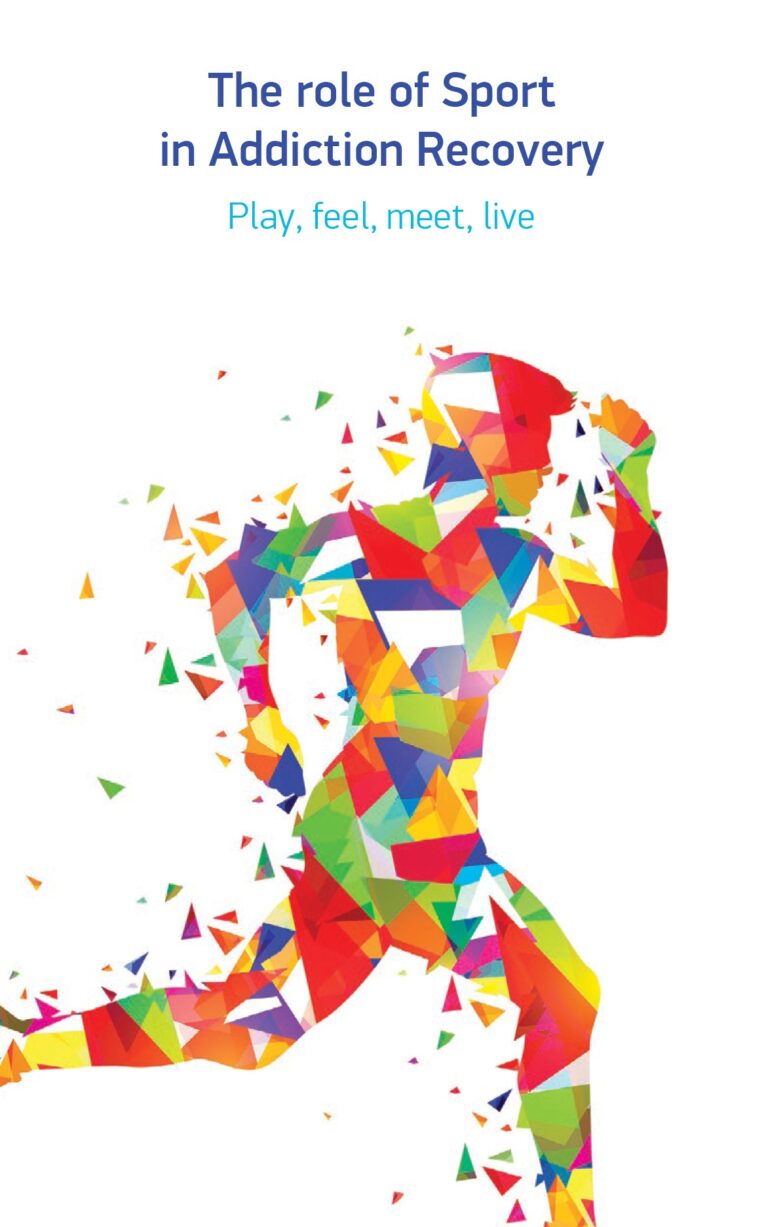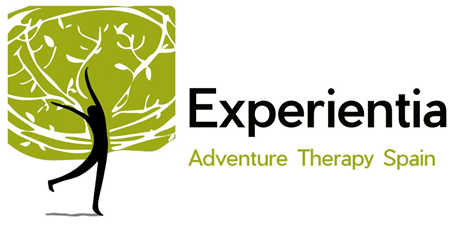Adventure therapy: definition and core elements
Adventure therapy (AT) is a psychotherapeutic methodology that uses experiential learning activities in outdoor environments for assessment and intervention at an individual and group level, in order to effect psychological and/or behavioral therapeutic change (Gass, Gillis, & Russell, 2012; Norton, Carpenter, & Pryor, 2015).
Adventure therapy utilizes an eclectic therapeutic approach, drawing on aspects of cognitive-behavioral, systemic, existential, psychodynamic, and occupational therapy (Association for Experiential Education, 2012).
One of the most common definition of AT is “the prescriptive use of adventure experiences provided by mental health professionals, often conducted in natural settings that kinesthetically engage clients on cognitive, affective, and behavioral levels” (Gass, Gillis, & Russell, 2012).
Following Harper, Peeters & Carpenter (2014), the AT core elements are:
- Active kinesthetic
- Experiential learning methodologies
- The invitation to act, the urge to decide and the encouragement of bodily involvement
- In and out of therapeutic context
- The generation of metaphors
- Experimenting with archetypes
- Our whole being and existence in condensed to “me in this situation”
- An alternative entrance to awareness
- The therapy focuses on possibilities and strengths instead of limitations and vulnerabilities
- Actions have clearly visible consequences
References and reading recommendations
Association for Experiential Education (2012). Theory. Retrieved from http://www.aee.org/tapg-best-p-theory.
Gass, M. A., Gillis, H. L., & Russell, K. C. (2012). Adventure Therapy: Theory. Research and Practice. New York: Taylor and Francis.
Harper, N. J., Peeters, L, & Carpenter, C. (2014). Adventure Therapy. In R. Black & K. Bricker (Eds). Adventure Programming and Travel for the 21st Century. Venture Publishing.
Norton, C.L., Carpenter, C., & Pryor, A. (Eds.) (2015). Adventure therapy around the globe: international perspective and diverse approaches. Common Ground, Champaign, IL.
Adventure therapy: history
To describe the origins of AT is rather difficult, since the use of adventure as a part of healing process can be traced back in history to many cultures including Native American, Aboriginal, Jewish and Christian traditions (Parker, 1992; AABAT, s.d.). Furthermore, using words of Bunce (1997), [common] cultural factors appear to be generally ignored in [AT] mainstream literature.
Nevertheless, some organizations like the Australian Association for Bush Adventure Therapy (AABAT), the Therapeutic Adventure Professionals Group (TAPG) from the Association of Experiential Education in the United States of America, or the Adventure Therapy Europe Partnership (ATE) among others, have listed or described several milestones in the history of AT.
References and reading recommendations
Adventure Therapy Europe (2017). Reaching for Roots and Finding a Forest. Results from the Reaching Further Erasmus+ Strategic Partnership. Retrieved from http://adventuretherapy.eu/wp-content/uploads/2017/02/Booklet_Docu_GATE17_150ppi.pdf
Bunce, J. (1997). A Question of Identity. Exploring the Boundaries of Adventure Therapy: International Perspectives Proceedings of the 1st International Adventure Therapy Conference: Perth, Australia. Retrieved from https://internationaladventuretherapy.org/wp-content/uploads/sites/2/2017/02/1st-IATC-proceedings-1997.pdf
AABAT – Australian Association for Bush Adventure Therapy. (s.d.). Bush Adventure Therapy Timeline. Retrieved from https://aabat.org.au/bush-adventure-therapy-timeline/
Parker, M. W. (1992). Impact of adventure interventions of traditional counseling interventions (ropes course). Unpublished doctoral dissertation, The University of Oklahoma, Oklahoma.
TAPG – Therapeutic Adventure Professionals Group (s.d.). History of Adventure Therapy in the United States. Retrieved from http://www.aee.org/history-of-AT
White, W. (2015). Stories from the field: A history of wilderness therapy. Wilderness Publishers.
Adventure therapy: research and outcomes
Bowen, Neill, & Crisp (2016) expose that, although AT is a relatively small field, research to date has shown adventure therapy to be effective in treating a range of behavioral and mental health problems.
Gass, Gillis, & Russell (2012, pp. 293 ff.) list some outcomes in AT research:
Self-concept: the greatest effects of the adventure programs in the area of self-concept were for independence, confidence, self-efficacy, self-understandings, and they were further enhanced during follow-up periods.
Social Skills: Results show a decrease in defensiveness and a large increase in social acceptance. Reduction of aggressiveness towards others, interpersonal effectiveness improvement, and positive effects on cooperative behavior are demonstrated.
Disruptive behaviors: Reduction of recurrences, decrease of arrests and of delinquent, disruptive, or antisocial behaviors are the most relevant outcomes in that aspect.
Substance abuse: Outcomes confirm change of positive attitude towards substance use and positive impact on relapse prevention, effectiveness in reducing the frequency of negative thoughts and reduce alcohol craving. Reduction of substance use, and fewer relapses after participating in AT programs, are also found. According to Prochaska and DiClemente’s motivation to change stages (1983), transition from the pre-contemplative stage at the admission of the program to awareness of problems issues.
A meta-analysis of 197 studies of adventure therapy program outcomes (Bowen & Neill, 2013) found that adventure therapy is moderately effective in facilitating positive short-term change in psychological, behavioral, emotional, and interpersonal domains and that these changes appear to be maintained in the longer term. The overall short-term adventure therapy standardized mean effect size (ES) was moderately positive and statistically significant (g = 0.47, p < 0.05), and larger than for alternative treatment (0.14) and no treatment (0.08) comparison groups. In this meta-analysis, adventure therapy participants also reported small, positive, and not statistically significant change during the lead-up period (0.09) and maintenance of the moderately positive short-term improvements during the follow-up period (0.03). Of the eight major outcome categories, clinical outcomes (e.g., anxiety, depression, emotional stability, locus of control, resilience) had the highest ES (0.50). The only significant moderator was participant age. An ES of approximately 0.5 is recommended as a benchmark for adventure therapy programs, ESs between 0.3 and 0.5 are more typical of programs for 9–17 year olds and ESs between 0.5 and 0.7 are more typical of participants aged 18 years and over (Bowen, Neill, & Crisp, 2016).
References and reading recommendations
Gass, M. A., Gillis, H. L., & Russell, K. C. (2012). Adventure Therapy: Theory. Research and Practice. New York: Taylor and Francis.
Bowen, D. J., & Neill, J. T. (2013). A meta-analysis of adventure therapy outcomes and moderators. The Open Psychology Journal, 6(1), 28-53.
Bowen, D. J., Neill, J. T., & Crisp, S. J. (2016). Wilderness adventure therapy effects on the mental health of youth participants. Evaluation and program planning, 58, 49-59.












